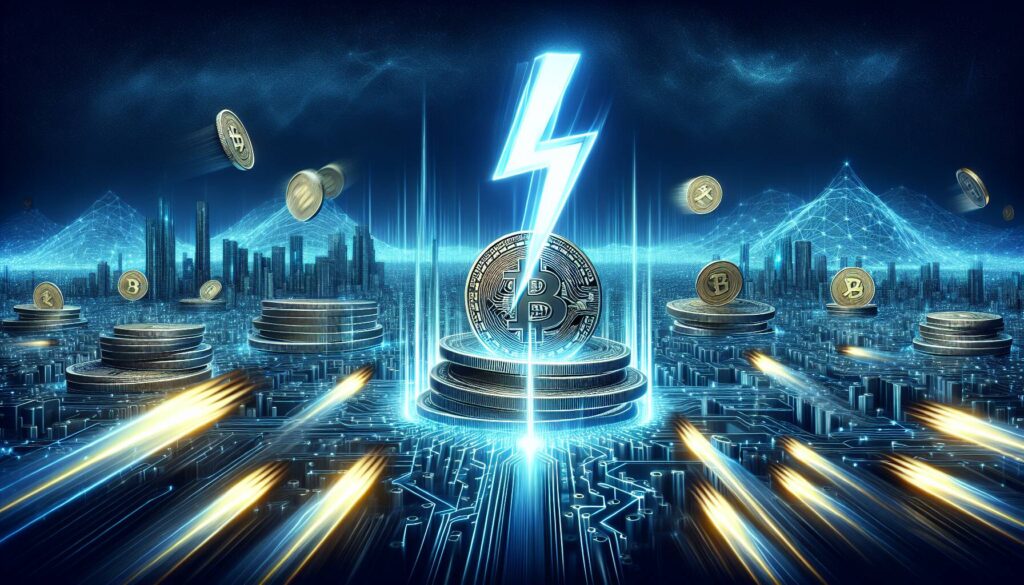In a significant development for cryptocurrency enthusiasts and stakeholders, Mt. Gox, once the world’s largest Bitcoin exchange, has announced an extension of its creditor repayment deadline by an additional year. This news comes as many creditors, who have been awaiting compensation since the exchange’s turbulent collapse in 2014, look for clarity and resolution concerning their claims.
The postponement allows time for the rehabilitation plan, which is aimed at compensating affected users, to proceed without the pressure of an imminent deadline. The original repayment timeline had been a point of concern, and this extension might provide much-needed relief to those still navigating the complex legal framework surrounding the case.
This delay underscores the ongoing challenges faced in the crypto space, especially as exchanges and regulatory frameworks continue to evolve.
As the world of cryptocurrency matures, the Mt. Gox situation remains a cautionary tale highlighting the importance of transparency and security. With this new timeline, all eyes are on the developments within the rehabilitation process, as many hope for a resolution that could pave the way for recovery and financial restitution.
In recent months, the cryptocurrency market has been buzzing with various innovations and regulatory changes. Mt. Gox’s decision to extend the repayment date could impact investor confidence and set a precedent for how similar cases might be handled in the future. Only time will tell what this means for the creditors and for the broader cryptocurrency landscape.

Mt. Gox Creditor Repayment Deadline Extended
Key points regarding the Mt. Gox creditor repayment extension are as follows:
- Deadline Extension: The repayment deadline has been extended by a year, allowing creditors more time to prepare and adjust.
- Impact on Creditors: Creditors will have additional time to navigate their financial situations and make informed decisions regarding their claims.
- Legal and Financial Implications: This extension may affect the legal proceedings surrounding the bankruptcy and the recovery of lost funds.
- Market Confidence: The decision could influence the perception of Mt. Gox in the cryptocurrency market, potentially impacting future investments.
- Potential Recovery: Creditors may see a higher likelihood of recovering their assets with the extra time provided for the repayment process.
Understanding the implications of this extension can help creditors plan their financial future better amidst ongoing uncertainties.
Mt. Gox’s Extended Repayment Deadline: Implications for Creditors and the Crypto Landscape
In a significant development for the cryptocurrency ecosystem, Mt. Gox has announced an extension of its creditor repayment deadline by an entire year. This decision is not just a procedural adjustment; it carries substantial implications for both the affected creditors and the broader market dynamics.
On one hand, this extension provides an additional breathing room for creditors who have been waiting for years to reclaim their assets. Unlike some other defunct exchanges, such as QuadrigaCX, which faced even more chaotic liquidation processes and legal challenges, Mt. Gox has organized a structured approach towards restitution. This may bolster creditors’ confidence, knowing that their claims are still being addressed in a systematic manner.
However, the delay could also result in frustrations among creditors who might have anticipated a swifter resolution. In a market characterized by rapid fluctuations, the postponement of payouts could lead to decreased trust in the brand and hesitation among potential investors in similar platforms. For instance, companies like Poloniex and Bitfinex have had their share of controversies, but they managed quicker turnaround times in resolving customer concerns compared to Mt. Gox’s ongoing saga. This situation could serve as a cautionary tale, reinforcing the importance of transparency and timeliness in the cryptocurrency sector.
In this context, the extended deadline may benefit long-term investors who are willing to wait for potential recovery, but it might create problems for more active traders, who rely on liquidity that is now tied up in Mt. Gox’s repayment plan. Overall, while some stakeholders may find solace in the continuity of the repaying process, others could be left feeling sidelined, as their financial strategies are hindered by the lack of immediate access to their assets.













